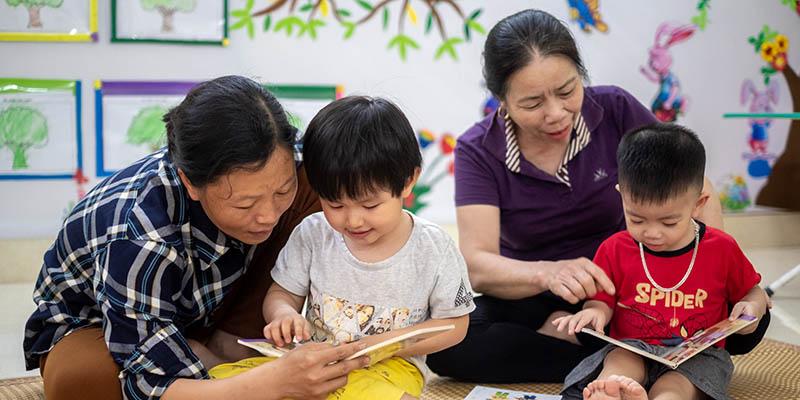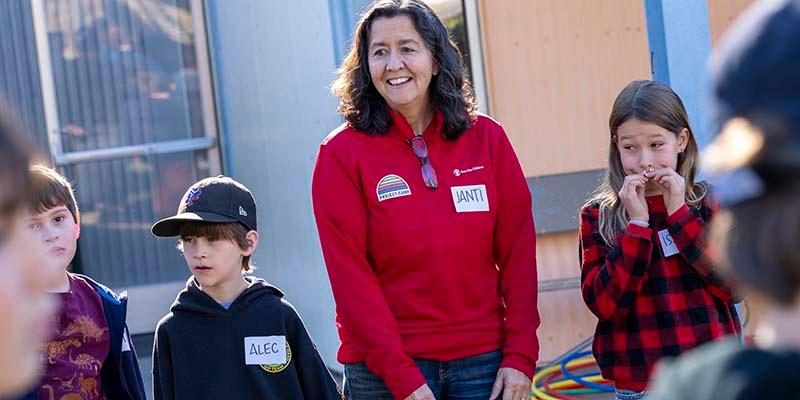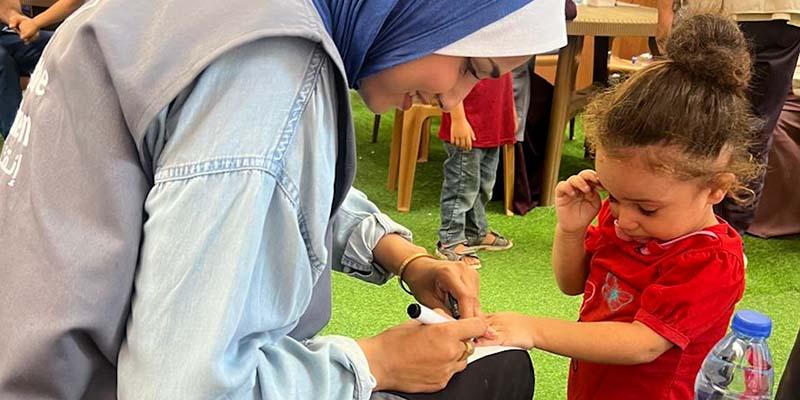1 in 5 of the World's Children Live in a Conflict Zone
In 2022, 473 million children worldwide lived in areas affected by armed conflict. Over 450 million children are living in the world's most lethal war zones, the highest number in over a decade. Save the Children’s research shows that the increase in children living conflict zones has been fueled by the war in Ukraine.
Children living in war-affected countries live in constant fear, experiencing grave violations of their rights, with serious impacts on their mental health. Many children living in lethal war zones are already at risk of extreme weather events and facing unprecedented levels of hunger as well.
Today, Save the Children is the world leader in protecting children from the physical and emotional wounds of war. We've helped more children in crisis recover and return to learning than any other global humanitarian organization. Your generous support makes this work possible. Make a one-time donation to the Children's Emergency Fund or join Team Tomorrow to connect with the causes you care about - like conflict- through your monthly donation.
The 10 most dangerous countries for children living in conflict
Save the Children's report "Stop the War on Children: The Forgotten Ones" studied data from the 2022 report of the United Nations Secretary-General on children and armed conflict as well as the Peace Research Institute Oslo (PRIO) of children living in conflict zones to rank the 10 worst conflict-affected counties in which to be a child.
A total of 2,985 children were killed across 24 countries in 2022. Data from Save the Children shows that the number of children reported killed in Gaza in just three weeks has surpassed the annual number of children killed across the world's conflict zones since 2019.
9. sudan
10. central african republic

- Killing and injuring of children
- Recruitment and use of children by armed forces or armed groups
- Abduction of children
- Attacks on schools or hospitals
- Refusal or lack of humanitarian support, like access to basic health care
What Is the Impact of Conflict on Children?
Today, the nature of conflict – and its impact on children – is evolving. The world is witnessing deliberate campaigns of violence against civilians, including the targeting of schools, the abduction and enslavement of children, and deliberate starvation.
In today’s armed conflicts, there is often no longer a clearly demarcated battlefield: children’s homes and schools are the battlefield.
The nature of conflict has changed, putting children in the frontline in new and terrible ways. Wars are lasting longer. They are more likely to be fought in urban areas amongst civilian populations leading to deaths and life-changing injuries, and laying waste to the infrastructure needed to guarantee access to food and water. Attacks on schools and hospitals are up.
Children are disproportionately suffering the consequences of these brutal trends.
- We are seeing more children facing unimaginable mental and physical trauma.
- More children are going hungry.
- More children are falling victim to preventable diseases.
- More children are out of school.
- More children are at risk of recruitment by armed groups.
- More children are trapped on the frontline without access to humanitarian aid.
The Distinctive Ways Children are Harmed by Armed Conflict
Children suffer in conflict in different ways than adults, partly because they are physically weaker and also because they have so much at stake – their physical, mental and psychosocial development are heavily dependent on the conditions they experience as children.
Conflict affects children differently depending on a number of personal characteristics, significantly age, but also disability status, ethnicity, religion and whether they live in rural or urban locations.
How Save the Children Helps Children in Conflict Zones
Save the Children believes that every child, no matter where they live, deserves to live a safe, happy and healthy life. We lead the world in protecting children from the physical and emotional wounds of war and have helped more children in crisis recover and return to learning than any other global humanitarian organization.
What Can You Do to Help Children in Conflict?
Donate today to our Children's Emergency Fund to help us respond quickly to humanitarian crises across the globe that are threatening children’s lives.










